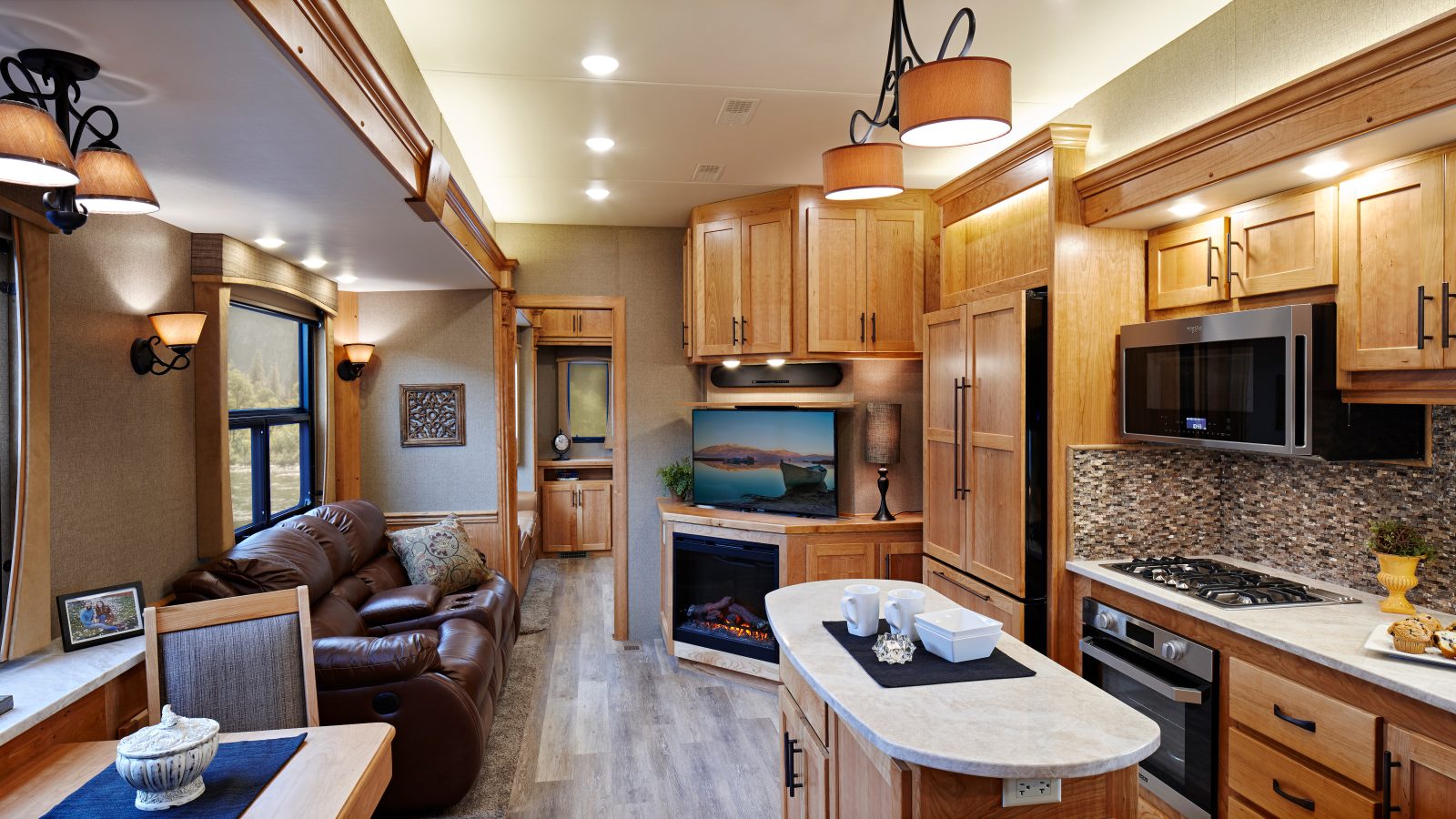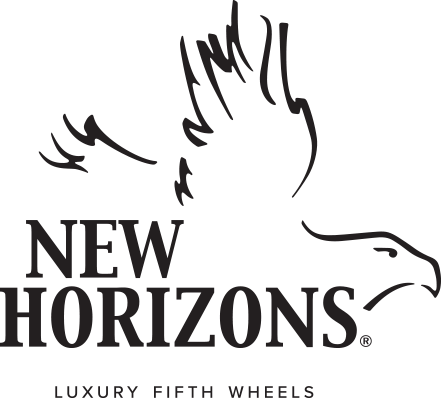
Footer
Contact
2401 Lacy Drive
Junction City, KS 66441
(785) 238-7575
1-800-235-3140 (toll free)
Mon-Fri: 9:00 am - 5:00 pm
Sat-Sun: Closed
CONTACT US
CAREERS
Junction City, KS 66441
(785) 238-7575
1-800-235-3140 (toll free)
Mon-Fri: 9:00 am - 5:00 pm
Sat-Sun: Closed
CONTACT US
CAREERS
Email List
Stay up to date by subscribing to our email list. You'll receive new product information, RV tips, and more!

Our family owned and managed company has been building RVs for over 30 years. Our RVs are known for true four-season comfort and are built to withstand full-time living for decades.
